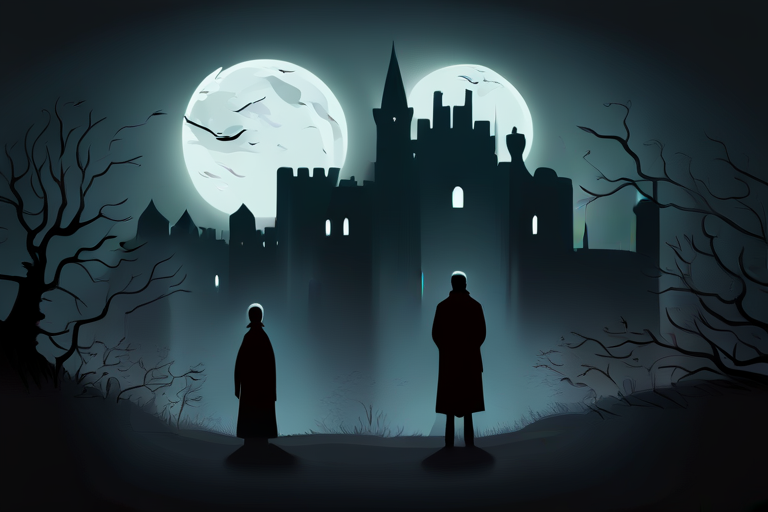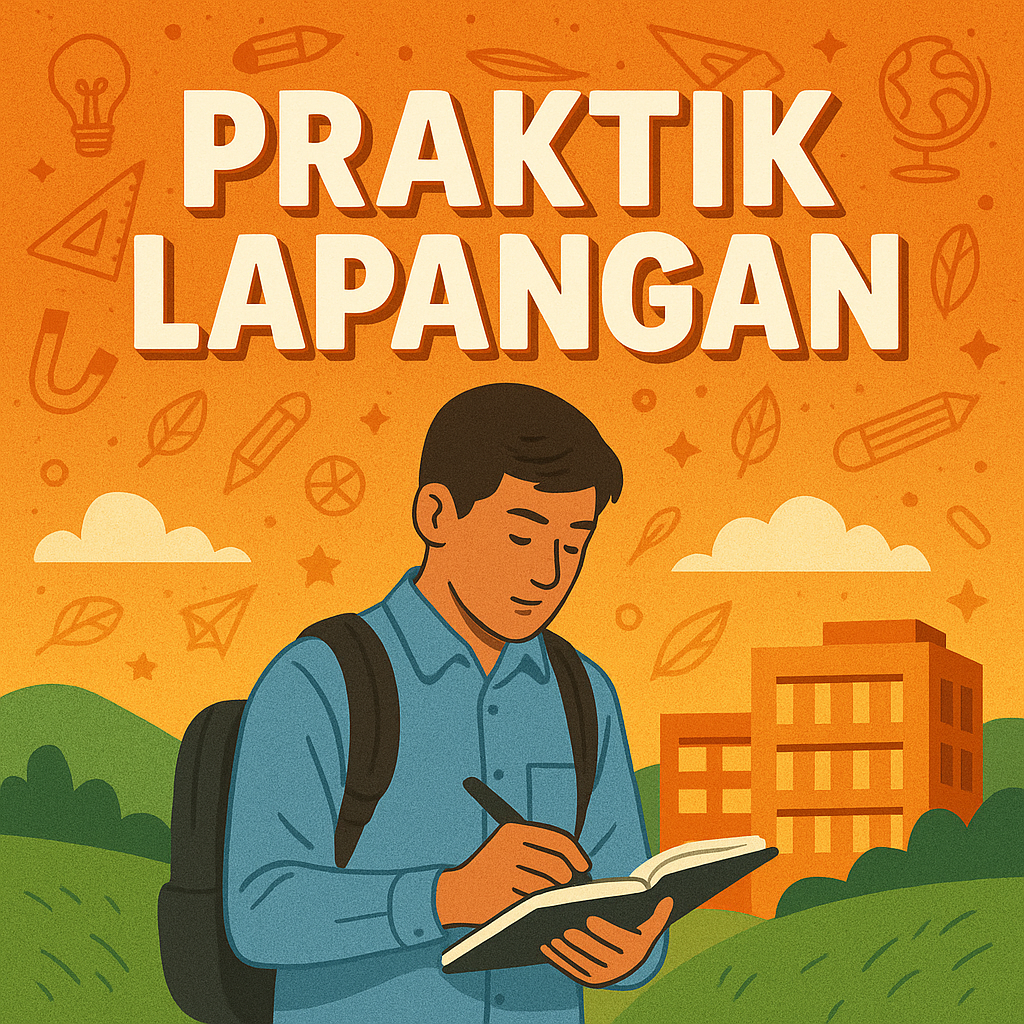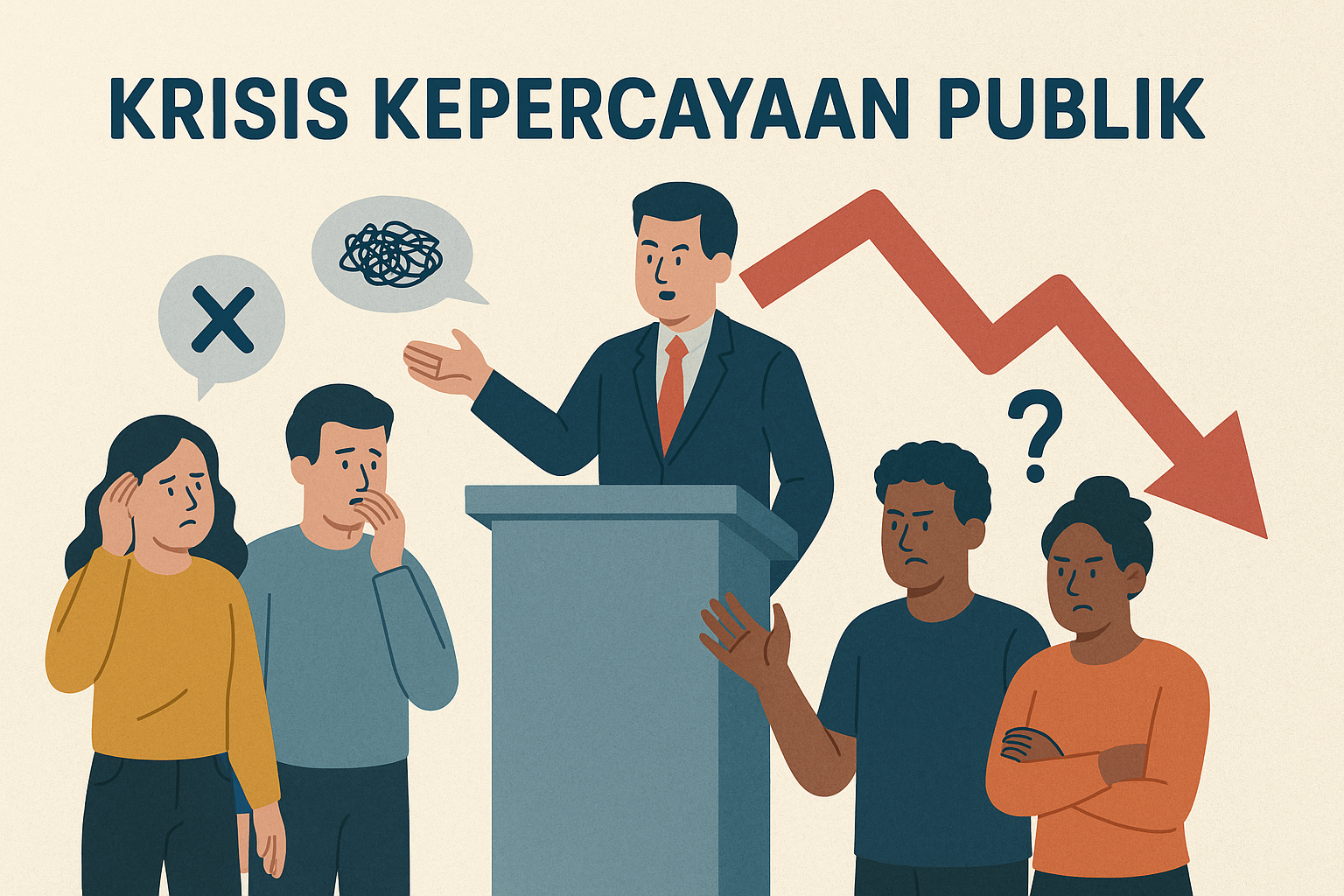
Gothic literature, a genre that flourished in the late 18th and early 19th centuries, stands out for its themes of horror, mystery, and the supernatural. Characterized by its brooding atmospheres, dramatic narratives, and explorations of the human psyche, Gothic literature delves into the darkest corners of the mind, often confronting the fears and anxieties of society. This article explores the defining characteristics of Gothic literature and how it mirrors the complexities of the human condition.
Defining Characteristics of Gothic Literature

Gothic literature is distinguished by several key characteristics that contribute to its unique, eerie ambiance:
- Setting and Atmosphere: Gothic novels are often set in gloomy, sprawling mansions or castles, replete with secret passages, ghostly apparitions, and a palpable sense of decay. These settings are not just backdrops but active elements that reflect the story’s mood and themes.
- Themes of Fear and Madness: Central to Gothic literature is the exploration of fear, madness, and the irrational. The genre frequently delves into the protagonists’ psychological states, exposing their deepest fears and often blurring the lines between reality and hallucination.
- Supernatural Elements: Ghosts, monsters, and other supernatural entities are common in Gothic stories, serving as manifestations of internal conflict or moral issues the characters face.
- Damsels and Villains: Classic Gothic tales often feature a distressed heroine, trapped or persecuted by a powerful villain, whose evil nature is central to the plot’s conflict. This dynamic not only heightens the tension but also explores themes of power, control, and morality.
Psychological Depth in Gothic Literature
At its core, Gothic literature is profoundly psychological, using its dark narratives to explore complex human emotions and conditions:
- The Exploration of Taboo: Gothic novels often confront societal taboos such as incest, murder, and supernatural beliefs. By bringing these to the forefront, Gothic literature challenges readers to examine the underpinnings of their values and fears.
- The Uncanny: This genre excels in presenting the uncanny—a concept Freud described as something both familiar and foreign, evoking a sense of unease. Gothic literature uses familiar settings and emotions, twisted into something bizarre and disturbing, to create a disconcerting effect that probes the psyche.
- Symbolism: Gothic stories are rich in symbolism, with elements like darkness and light, blood, and mirrors reflecting the characters’ internal struggles and themes of the narrative.
Influential Works and Writers
Several works and authors stand out in the Gothic tradition, each contributing uniquely to the genre’s development:
- Horace Walpole’s The Castle of Otranto (1764): Often regarded as the first Gothic novel, it established many of the genre’s themes and settings.
- Mary Shelley’s Frankenstein (1818): This novel explores the dangers of unchecked ambition and the moral limits of science, making it a timeless piece of Gothic literature.
- Edgar Allan Poe: Known for his tales of the macabre, Poe’s work delves deeply into the human mind, fear, and the supernatural, with stories like “The Tell-Tale Heart” and “The Fall of the House of Usher.”
Conclusion: A Lasting Impact on Literature and Culture
Gothic literature remains a powerful genre that continues to influence modern storytelling and popular culture. Its exploration of dark themes, psychological depth, and atmospheric tension resonates with audiences today, reflecting timeless fears and curiosities. As we delve into Gothic narratives, we not only explore the mysterious and supernatural but also gain insight into the dark, complex corridors of the human mind.







